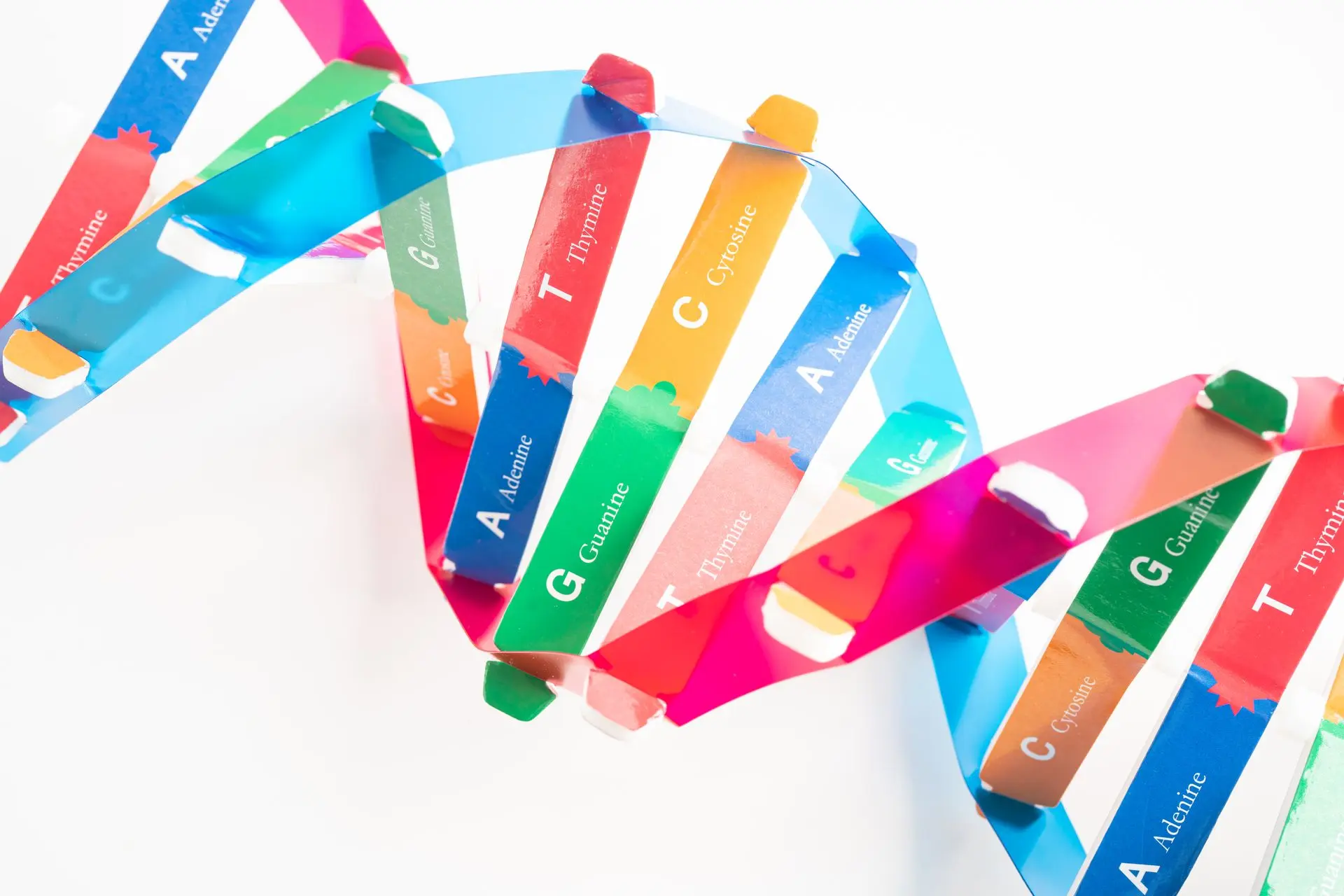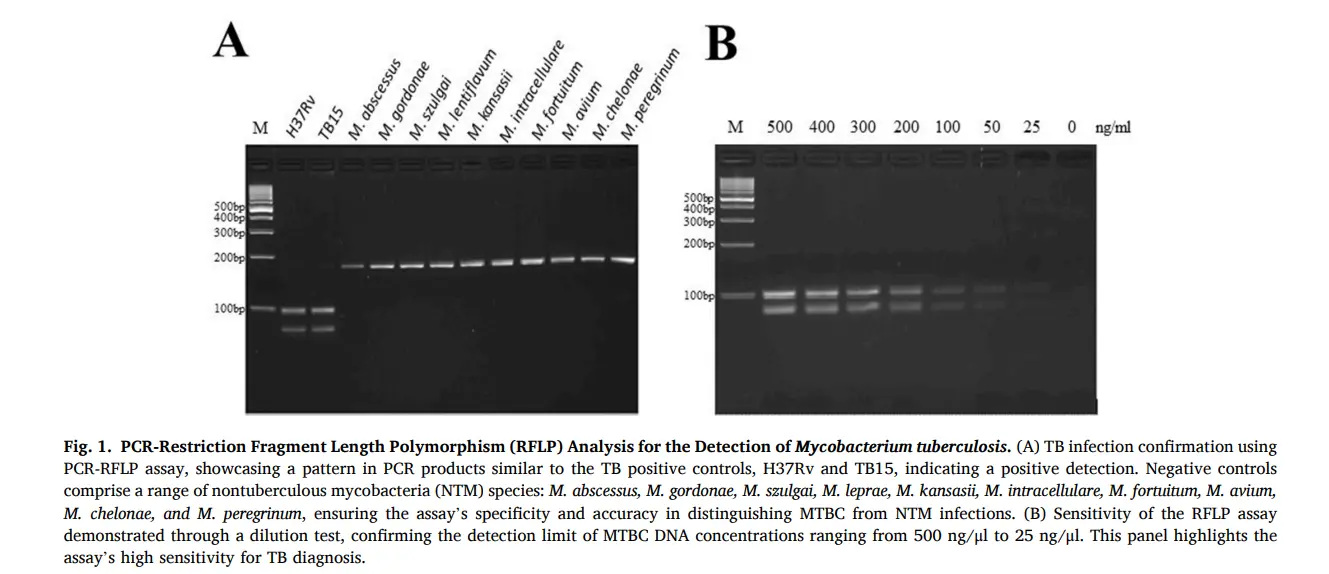What is RFLP?
Restriction Fragment Length Polymorphism (RFLP) is a molecular technique used to identify differences in homologous DNA sequences based on the lengths of restriction fragments. It leverages the natural variation in DNA sequences that can affect the presence or absence of specific restriction enzyme sites.
RFLP was among the first DNA profiling techniques used in genetic mapping, disease diagnosis, forensic science, and evolutionary biology.
How Does RFLP Work?
Step-by-Step RFLP Protocol
-
DNA Extraction
High-quality DNA is isolated from a biological sample (blood, saliva, plant cells, etc.). -
Digestion with Restriction Enzymes
Specific enzymes (e.g., EcoRI, HindIII) cut the DNA at defined sequences. If the DNA sequence is altered (mutation or polymorphism), the enzyme may not cut, resulting in longer or shorter DNA fragments. -
Gel Electrophoresis
The resulting DNA fragments are separated by size using agarose gel electrophoresis -
Southern Blotting
The DNA is transferred from the gel to a nitrocellulose or nylon membrane to allow hybridization. -
Probe Hybridization
A labeled DNA probe, complementary to the target sequence, is applied to the membrane to bind to specific DNA fragments. -
Detection
The pattern of fragments is visualized (usually with autoradiography or chemiluminescence). Variations in band patterns reflect polymorphisms.

1. Genetic Mapping
RFLP markers help locate genes associated with inherited diseases and traits in humans, animals, and plants.

2. Disease Diagnosis
Used to detect inherited genetic disorders such as:
- Sickle cell anemia
- Cystic fibrosis
- Thalassemia

3. Forensic DNA Analysis
RFLP was one of the first tools used for:
- DNA fingerprinting
- Paternity testing
- Criminal investigations

4. Evolutionary and Population Genetics
RFLP helps compare genetic variation between individuals, populations, or species.
5. Agricultural Biotechnology
Used to track specific traits in plant breeding (e.g., disease resistance, yield optimization).
Applications of RFLP in Molecular Biology
Advantages of RFLP
- High specificity for detecting genetic differences.
- Codominant markers allow distinguishing between homozygous and heterozygous alleles.
- No need for prior sequence information if using random probes.
Disadvantages and Limitations
- Time-consuming and requires large amounts of DNA.
- Not suitable for degraded DNA (e.g., old forensic samples).
- Labor-intensive and less sensitive than modern PCR-based techniques.
- Largely replaced by PCR, qPCR, SNP genotyping, and next-generation sequencing (NGS) in most laboratories.
| Feature | RFLP | PCR |
|---|---|---|
| DNA requirement | Large, intact DNA | Small amounts of DNA |
| Speed | Slow (1–2 days) | Fast (a few hours) |
| Detection method | Gel + hybridization | Real-time fluorescence or gel |
| Specificity | High | Very high with designed primers |
| Common use today | Rare | Widely used |
